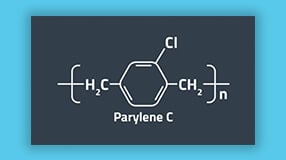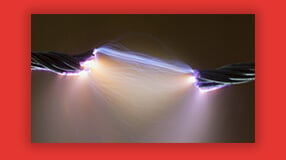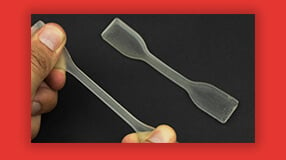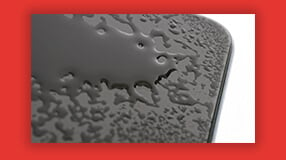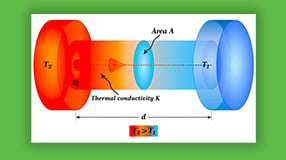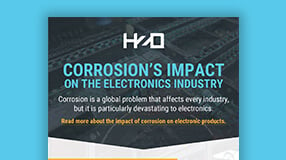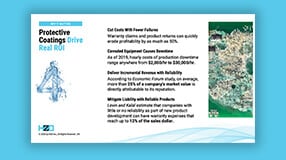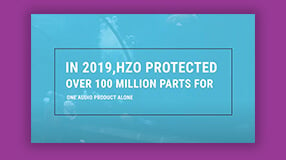NEMA vs IP Ratings Explained

To assure your customers that your electronic products can dependably withstand these challenges, you must meet reliability standards, such as Ingress Protection (IP) Standards or National Electrical Manufacturers Association (NEMA) Protection Ratings. These systems classify an enclosure’s protection level from harmful elements by defining protection posed by solids and liquid ingress. It is crucial to select the correct standard to assure your clientele that the product you offer will be reliable in specific environments. This choice can be complicated because comparing NEMA vs IP rating systems is impossible, but alternative solutions may eliminate the need to select one or the other.
IP vs. NEMA-Rated Enclosures
Any comparison of Ingress Protection ratings and NEMA standards will only be approximate. An IP Rating only considers enclosure protection against water ingress and solid foreign objects. Meanwhile, the NEMA rating system, often used as an industrial enclosure rating system, considers these factors, as well as other hazards such as corrosion. So, while you can say a NEMA type is equivalent to an IP rating, it is impossible to say that an IP rating equals a NEMA rating. Additionally, the two systems use different test parameters to define the level of protection, so there is no easy conversion.
NEMA Ratings
NEMA electrical enclosure ratings have numeric values, sometimes followed by a letter. Each rating corresponds to the hazards an enclosure must protect its interior and may indicate indoor or outdoor use.
You can explore a quick guide to specific NEMA ratings.
When choosing a NEMA enclosure type, it’s essential to consider both the environmental hazards the interior needs protection from and the enclosure location to use NEMA ratings appropriately. For example, a NEMA 4 rating is popular because it accommodates outdoor environments and multiple weather types. NEMA rating 4X features watertight seals, corrosion resistance, and protection from dust for more extensive protection.
IP Ratings
IP ratings may be designated by two or three numbers corresponding to protection from solids, liquids, and impacts. X replaces the number if a device does not have a specific rating. The first number signifies the object size that the enclosure prevents from entering. The higher the value, the more protection from solid ingress, such as windblown dust.
The next value indicates liquid ingress protection, with digits ranging from zero to eight, with increasing amounts of protection as the numbers increase. Finally, the third value corresponds to the mechanical impact an enclosure can withstand. This value may not be present in some electronic products because most codes do not require its presence.
Read a short guide to IP ratings.
Rethinking Enclosure Standards
IP or NEMA standards may not be the best indicator for the degree of protection you need. For example, while IP liquid ingress testing works in the lab, it may not perform the same in real life. Chances are that you will still need to demonstrate that your product can meet these standards to meet customer specifications.
Thin-film coatings can be an easy and efficient way to meet both NEMA and IP liquid ingress standards. These polymeric barriers protect from the inside by directly applying components and PCBAs. They are lightweight and thin, helping you eliminate seals and, therefore, excess bulk and weight. The protective coatings also blend into the product so you can offer aesthetically pleasing, ergonomic, and functional products easily. Thin-film coatings can be used in a two-phase approach to protection that is failsafe and can help you save money and time customizing enclosures.
HZO Coatings and Relevant Standard Equivalents

Contact Us
HZO offers thin-film coatings to protect your electronic products. We focus on tailored solutions to your protection requirements and can help you exceed liquid standards easily with proven solutions, with no enclosure testing required. Download our datasheets, or send us a message for a consultation.
Waterproof Design With IP Ratings
Water Vapor Transmission Rate - Standards, Testing, Material
IP Ratings Decoded: IP57, IPX7, IPX5 Explained
Mallory is a veteran writer with over a decade of writing experience and has spent over five years at HZO learning about coating technology from the best minds in the industry. Professionally, Mallory is especially interested in the process of problem-solving and watching how the engineering team develops solutions that ensure business requirements are met. Over her years at HZO, Mallory's writing has been cited in industry whitepapers, including "Parabolic Model for Optimum Dry Film Thickness (DFT) of Corrosion Protective Coatings" and "Universal Approach to Integrating Reduced Graphene Oxide into Polymer Electronics." All of Mallory’s blogs are reviewed for accuracy before publication.
Additional Resources

Understand the Capabilities of Thin Film Coatings With Our Resource Page
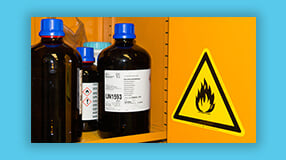
Understand UL94 Rating - Testing, How to Choose a Material, and More

What's the Difference Between Hydrophobic Coatings and Hydrophilic Coatings?

Dielectric Constant of Insulator - Materials, Formula, Table of Values
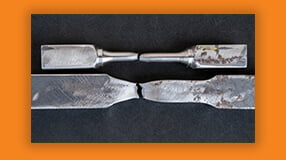
Tensile Strength at Yield - Testing, Definition, Material Selection
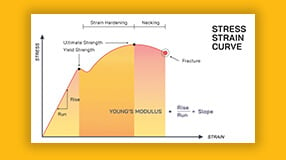
Young's Modulus of Polymers - Measurement, Calculation, Material Selection

Volume Resistivity - Definition, Measurement, Implications For Product Design

Polymer Glass Transition Temperature – Material Properties, Impact

What is Coefficient of Linear Expansion? Formula, Units & More
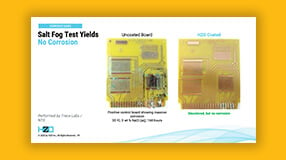
Learn About the Thin Film Coating Properties and Processes In Our Webinar

The Difference Between "Hydrophilic and Hydrophobic" Coating Properties
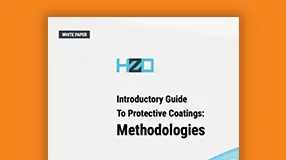
Learn about Protective Coating Methodologies With Our White Paper


